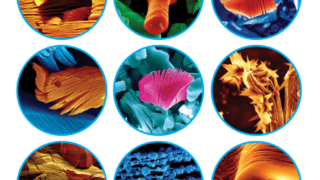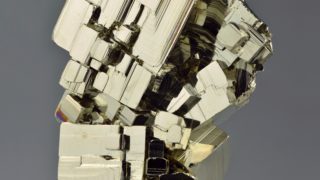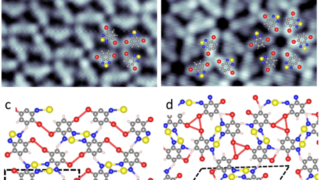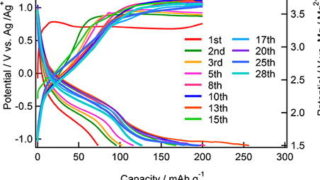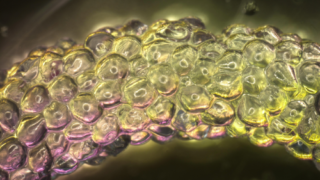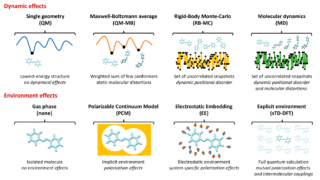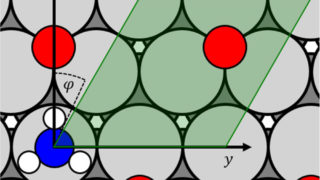
The role of mineral dust aerosols on climate change
aerosol Author: Rubén Soussé Villa is pursuing a PhD in atmospheric chemistry at Barcelona Supercompting Center / Universitat Politècnica de Catalunya Mineral dust aerosols are microscopic rocky particles – for instance, sand – floating in the atmosphere. They are typically windblown from deserts, arid areas and agricultural lands, where they are produced from continued erosion […]
